Learning the difference between big and small is one of the basic concepts children learn in preschool. At first, this can seem like an unimportant activity, but distinguishing sizes is an important math skill for kids to learn.
These big and small preschool activities for kids include fun ways to help young children learn to spot the differences between these sizes easily! Plus, there are even ways to get younger and older kids involved in the fun!

What are fun ways to help children understand the difference between big and little?
Helping children understand the difference between big and little can be an enjoyable experience for both parent and child alike.
Exploring size differences through hands-on activities, such as comparing objects of different sizes, like rocks or pinecones, provides a tangible way for children to comprehend this concept.
Setting up opportunities for comparative learning, such as laying out two sets of blocks and having the child decide which is bigger or smaller, also offers an engaging way to teach the concept of big and little.
By pointing out size differences throughout the day when outside and looking at trees, buildings or other similar landmarks, allows children to have a frame of reference during conversation.
As they gain familiarity with big versus small objects they encounter daily, they can quickly understand these concepts thanks to interactive learning!
When teaching kids about big and small items, what are good objects to show size differences?
Teaching children the concept of size difference can be a challenge, but it can also be fun and exciting. An effective way to demonstrate this is by providing them with examples of different objects that vary in sizes, such as fruits and vegetables, animals, vehicles, and tools.
For example, using an apple and an orange can help kids easily recognize the difference between big and small since the physical characteristics are quite distinct.
Additionally, comparing the size of a mouse to that of a horse or a car to that of a bicycle helps give children an idea of how much larger one item may be compared to another.
Showing them various objects with an emphasis on their varied sizes further reinforces the idea that some items are bigger than others.
Why is it important to show kids big and little size differences?
Teaching children about the differences between big and small is an essential part of their development. By familiarizing children with these concepts, they gain spatial awareness, allowing them to be more cognizant of the environment around them.
Additionally, understanding different sizes helps build a child’s language skills as they learn new words and phrases like “bigger” or “smaller.”
Introducing size differences in a creative and fun manner helps stimulate a child’s curiosity and encourages problem-solving.
Furthermore, this knowledge better prepares them to face new challenges as the complexity of tasks increases with age.
Ultimately, teaching children about size variations enhances their learning potential and gives them increased confidence in the world around them.
Big and Small Preschool Activities for Kids:
Big and Small Preschool Activities for Kids:
Are you needing a few fun crafts to kick off the new year? These easy craft ideas for kids are great for the last day of the year or the start of a new year!
These Super Fun Art Activities for Boys are always a great idea!
These Candy Cane Activities for Kids are great for fun!
These Christmas Handwriting and Coloring Page for Preschool are great for holiday learning!
These Peppermint Crafts for Kids are perfect for Christmas fun!
Use these Pilgrim Crafts and Activities for Kids for Thanksgiving fun!
They're going to love these Adorable Dog Crafts for Preschoolers!
Use these 20 Easy Tissue Paper Crafts for Preschoolers as a way to help them stay creative!
These are great crafts for kids to do!
These Wax Paper Crafts for Kids are so much fun!
This list of 20 Adorable Paper Crafts To Do With Kids will have them creating all day!
The kids will have a blast with these various Orange Crafts for Kids!
Use this Penguin Sorting Sensory Bin to separate these winter birds by size!
Read the Eric Carle classic and then do this Size Sorting with The Very Hungry Caterpillar activity!
Do your kids love trains? This Comparing Size with Thomas the Train activity is simple and perfect for them!
These colorful printable Rainbow Bear Size Cards are easy for preschoolers to use themselves!
Use this Printable Shape and Size Sorting Activity to cover this topic easily!
Read the classic story The Three Bears and then do this The Three Bears Size Sorting Experiment!
This adorable Big and Small Cupcake Liner Sorting activity uses cupcake liners and straws to make cute umbrellas!
This One Fish, Two Fish Size Sorting Activity is a great idea for a Dr. Seuss lesson!
Learn how to teach sizes by doing Size Sorting with Rainbow Frogs!
Use pom-poms in this fun Big and Little Sorting Activity!
Have some sensory fun with this Big and Small Ocean Water Bead Sensory Bin!
This Big Letter, Little Letter Stamping is an easy way to introduce uppercase and lowercase letters while discussing big and little sizes!
Combine math and motor skills with this Big and Little Pom-Pom Push activity!
Get a set of these Big and Little Preschool Printables with a fun Three Little Pigs theme!
Reinforce letter learning with this adorable Big and Little Letter Activity based on the book Brown Bear, Brown Bear, What Do You See!
Compare and contrast big and small footprints with this Animal Track Sizes activity!
Learn about winter animals with this activity Comparing Arctic Animal Sizes!
Make your own Big and Little Construction Site where kids can compare PVC pipe lengths to find the differences in sizes!
Pixar fans will love these Big and Little Monsters University Printables!
Challenge the kids to find big and little outdoor objects with these Big and Small Action Cards!
Love printables? Grab these Big and Little Worksheets to use with your preschooler or elementary-aged student!
[alert-announce]
Click Here for Big and Small Preschool Sorting Activities
[/alert-announce]
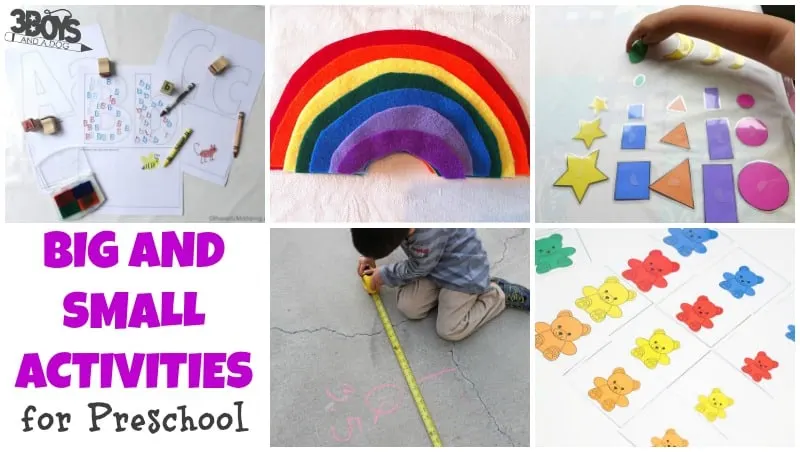
[alert-announce]
Click Here for Big and Small Preschool Sorting Activities
[/alert-announce]
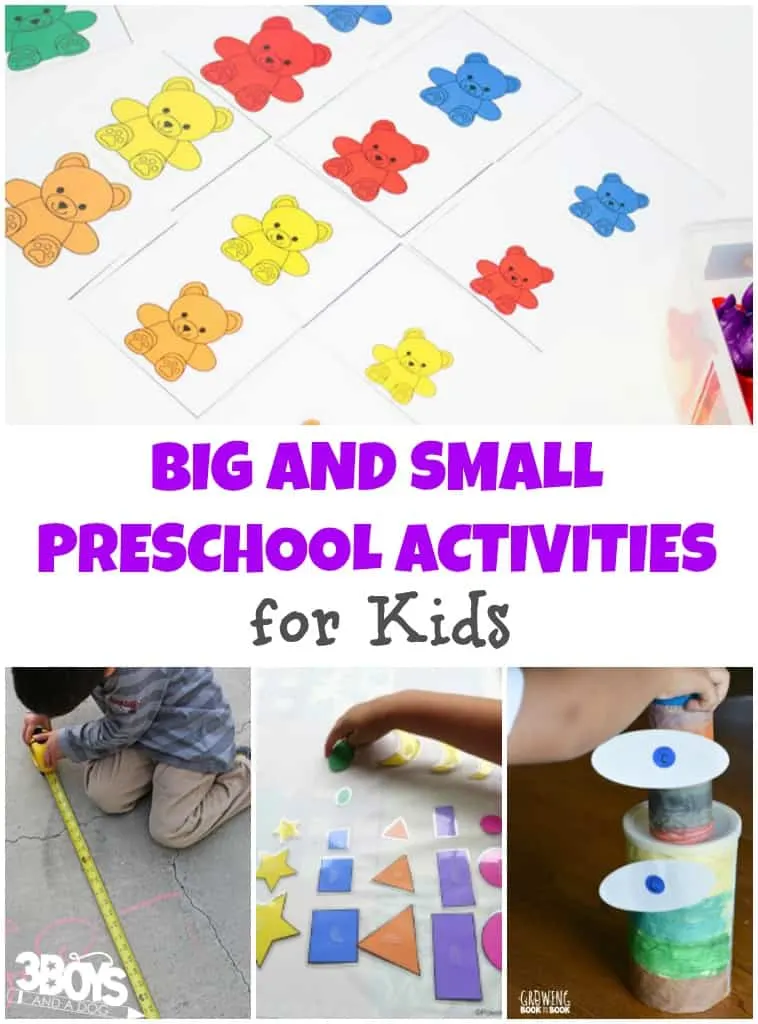
Big and Small Preschool Resources:
Use these fun resources to teach big and small to your preschooler!

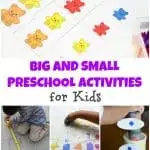
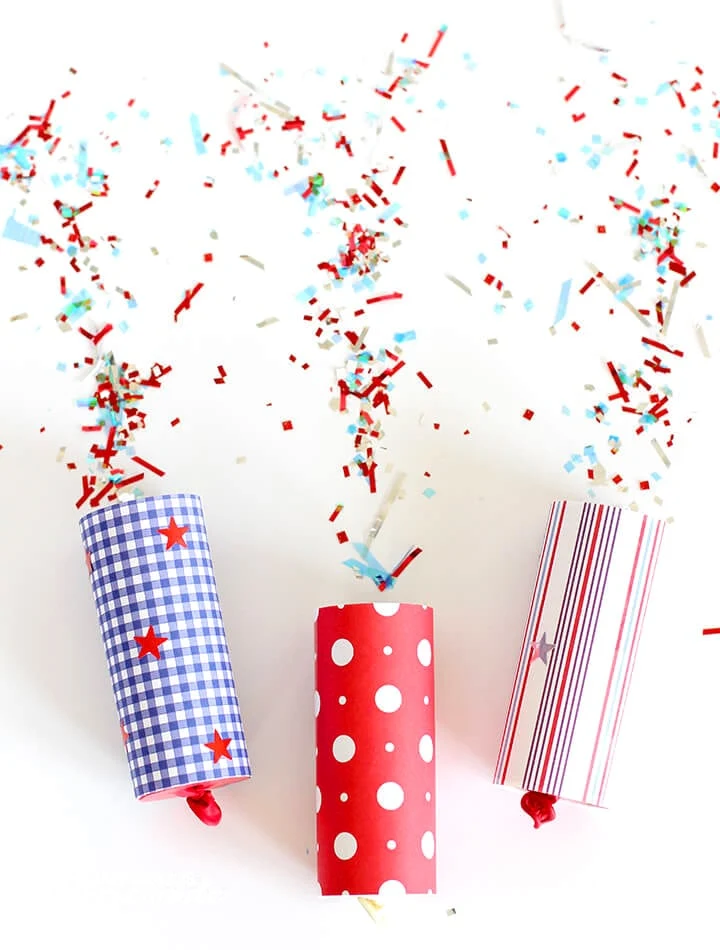
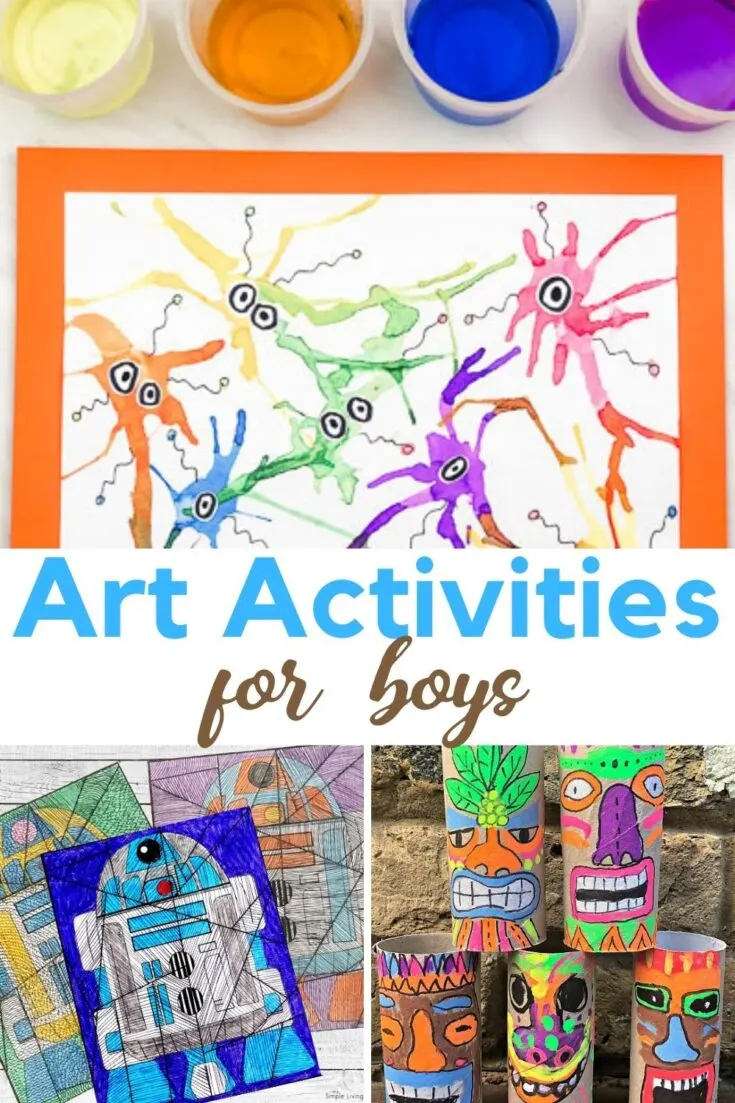
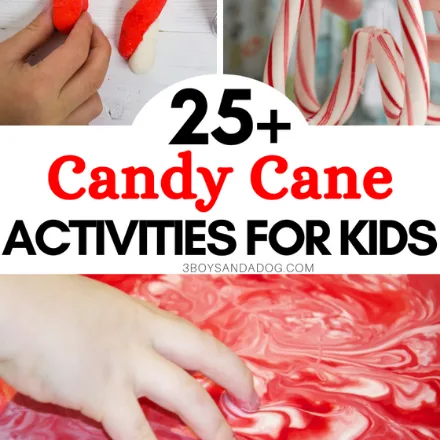
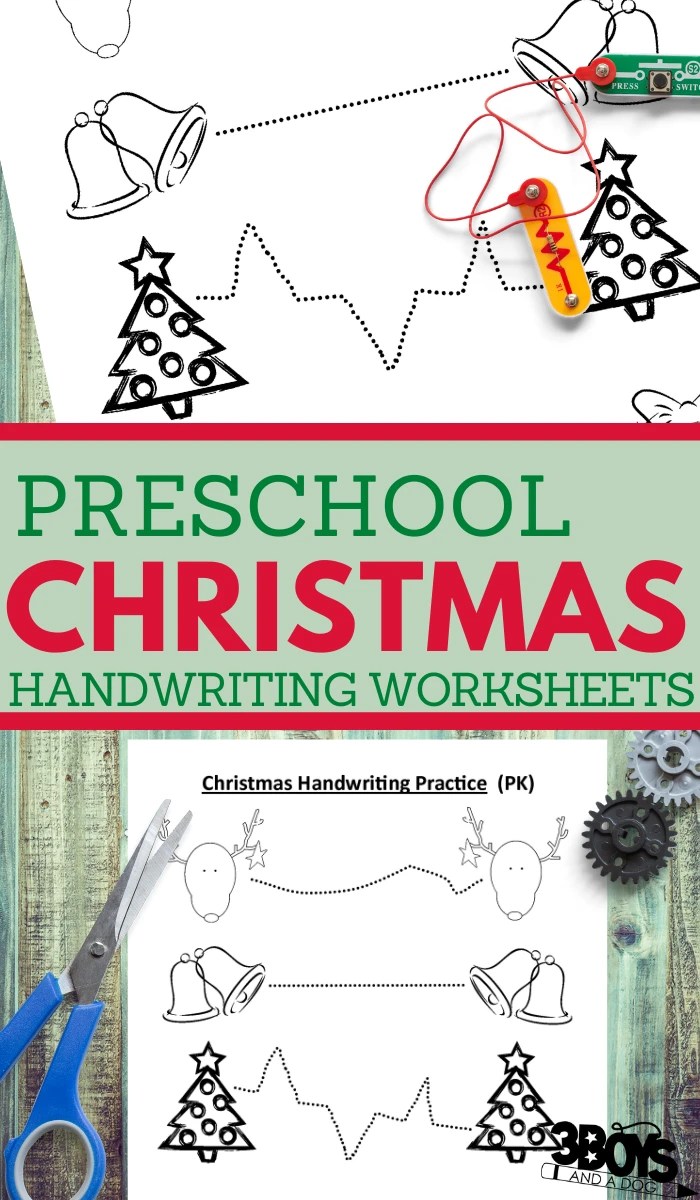
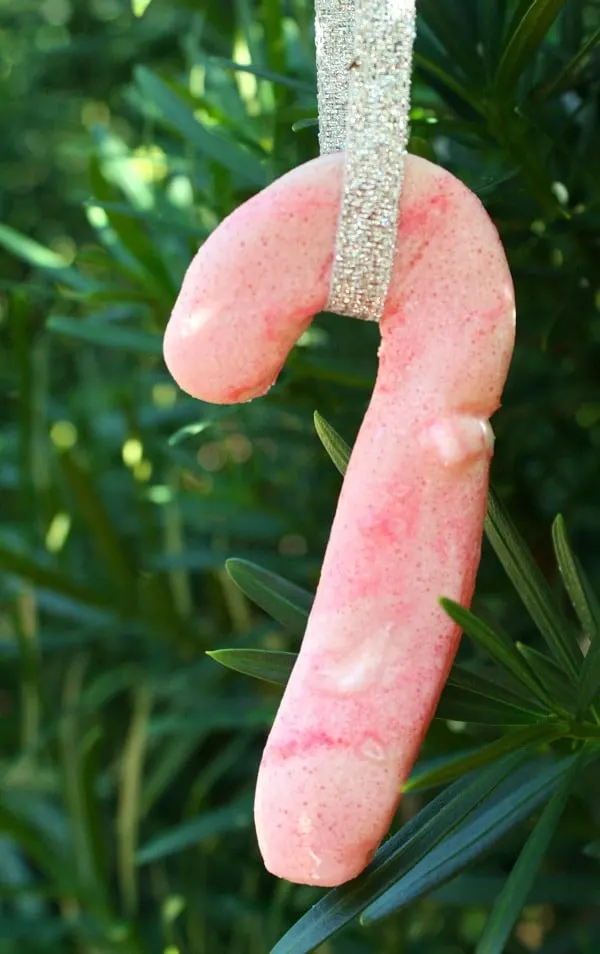
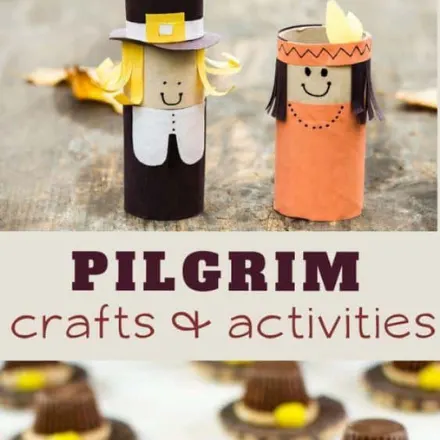
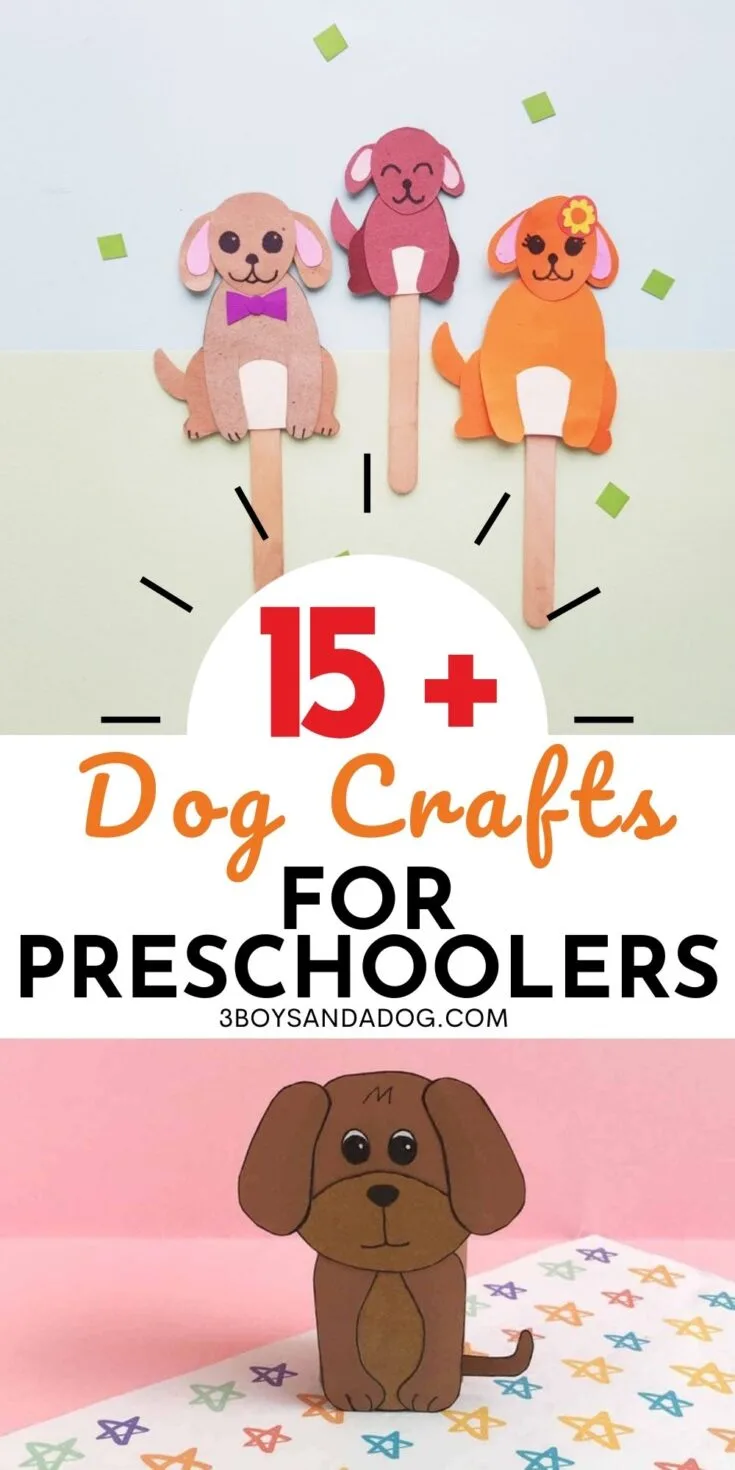
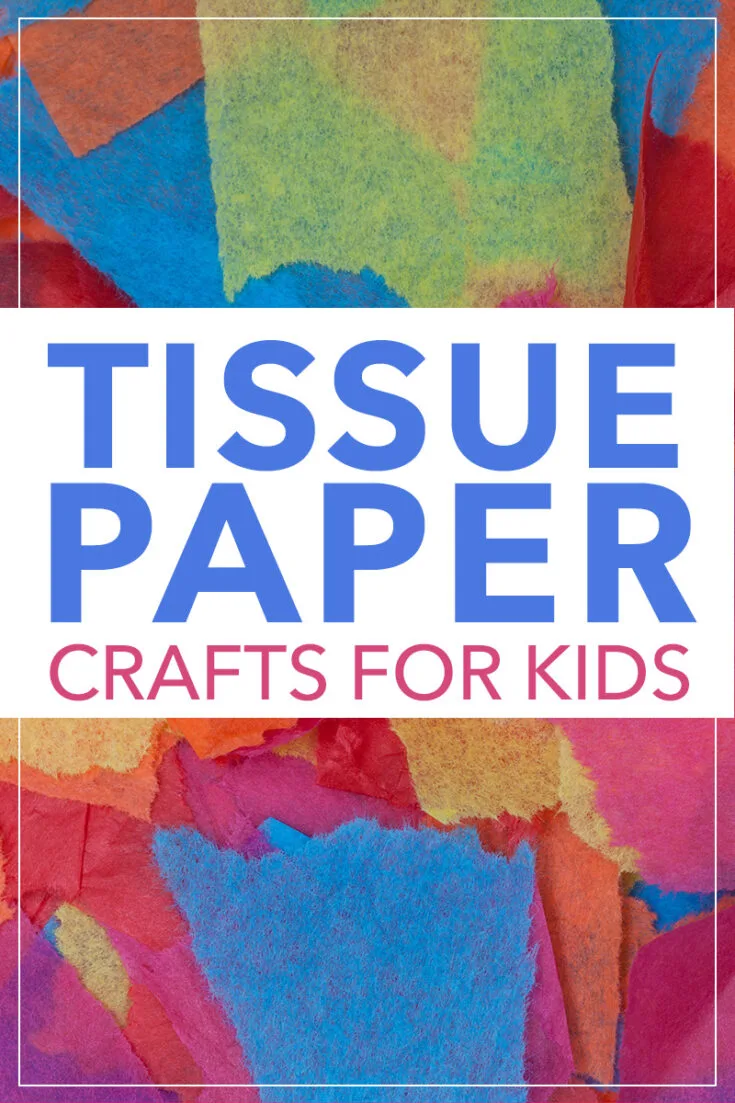
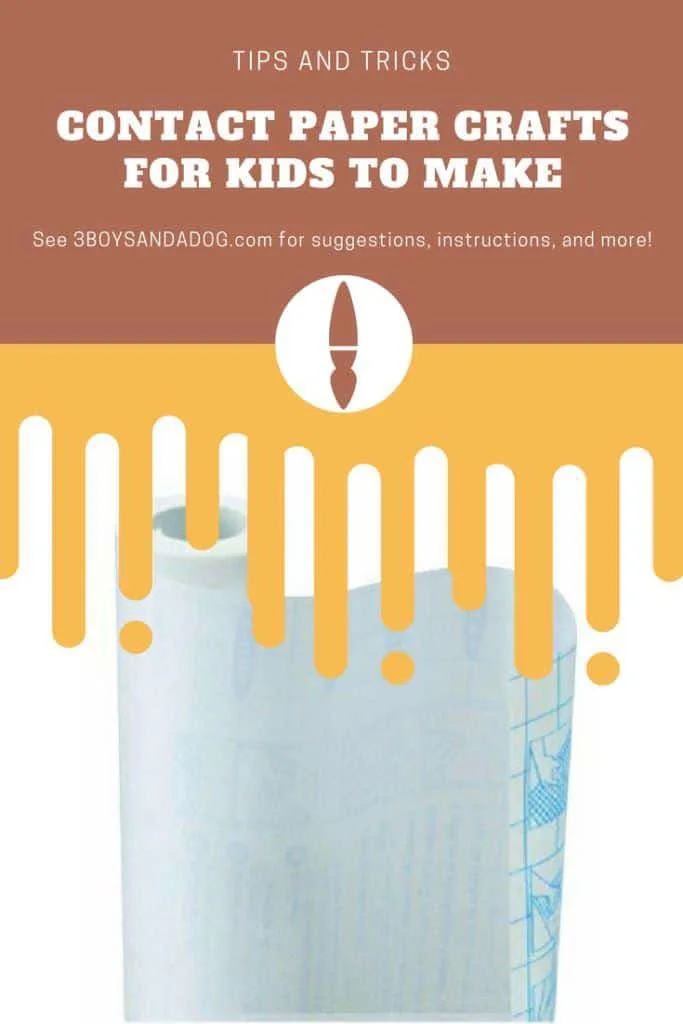
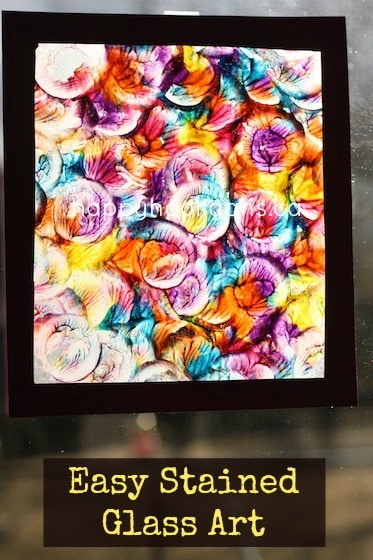
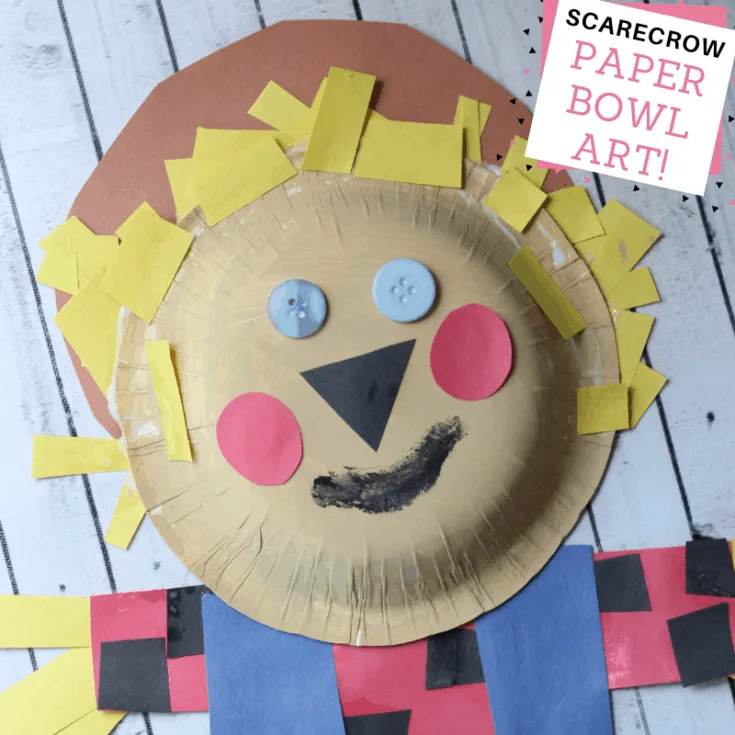
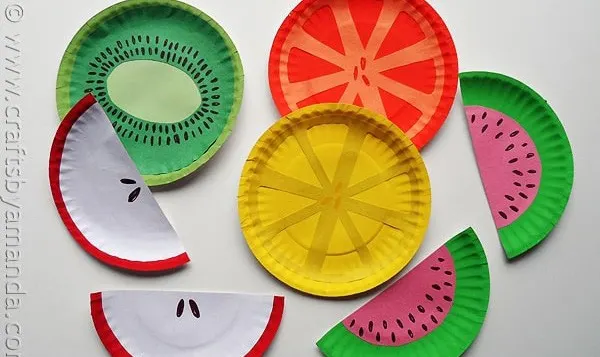
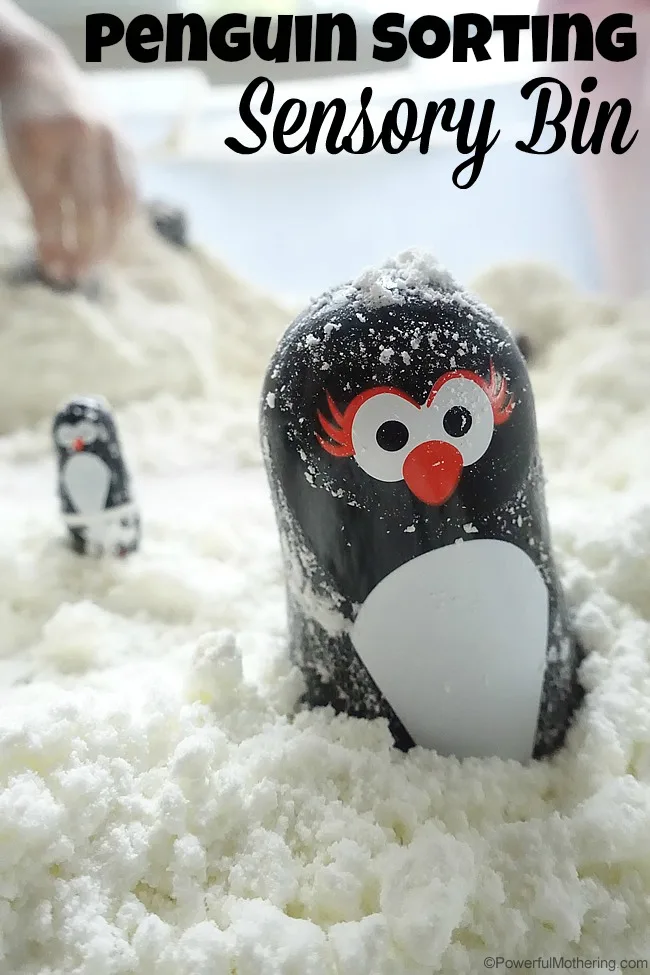
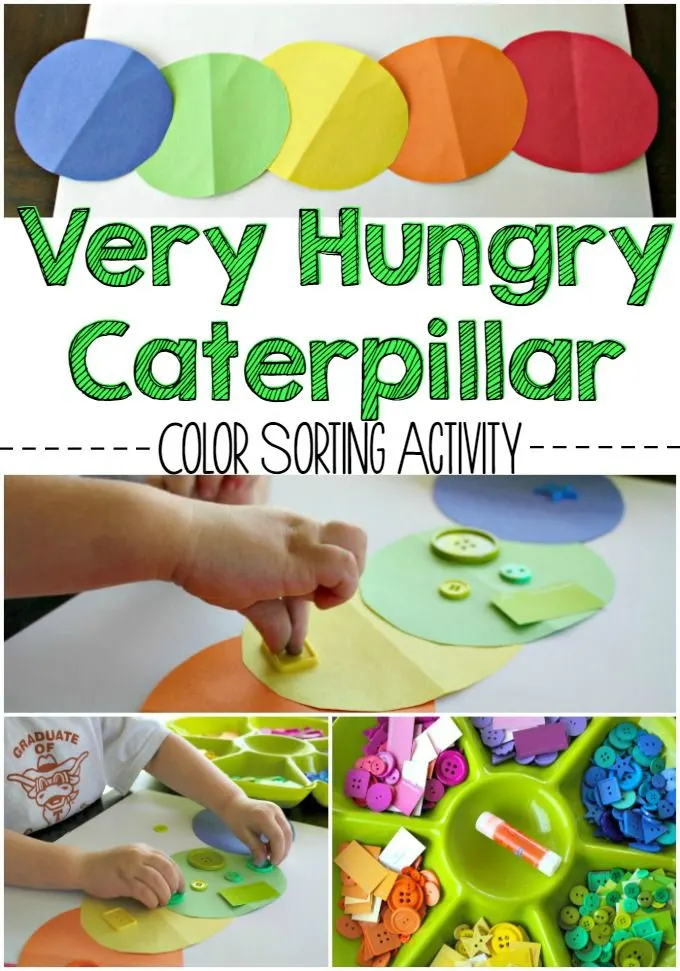

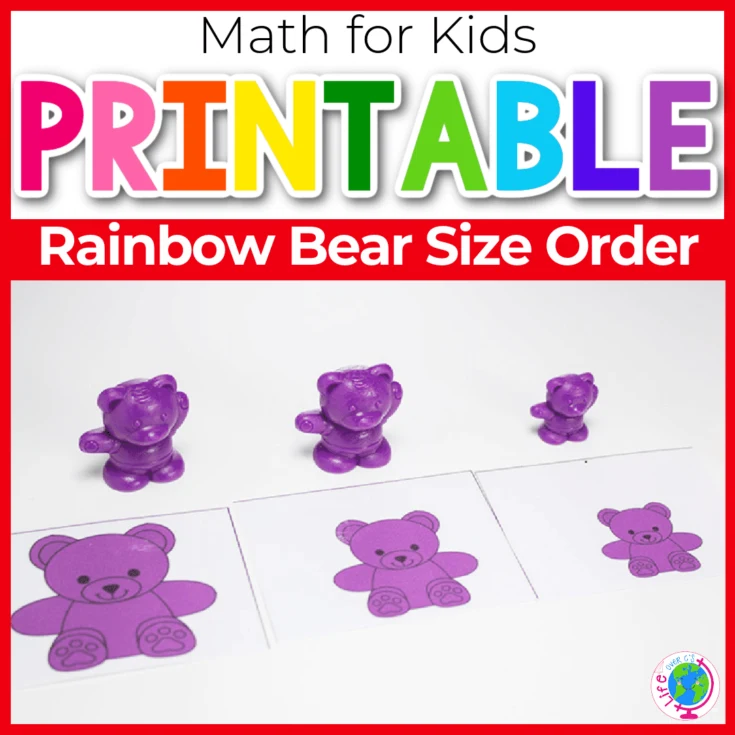
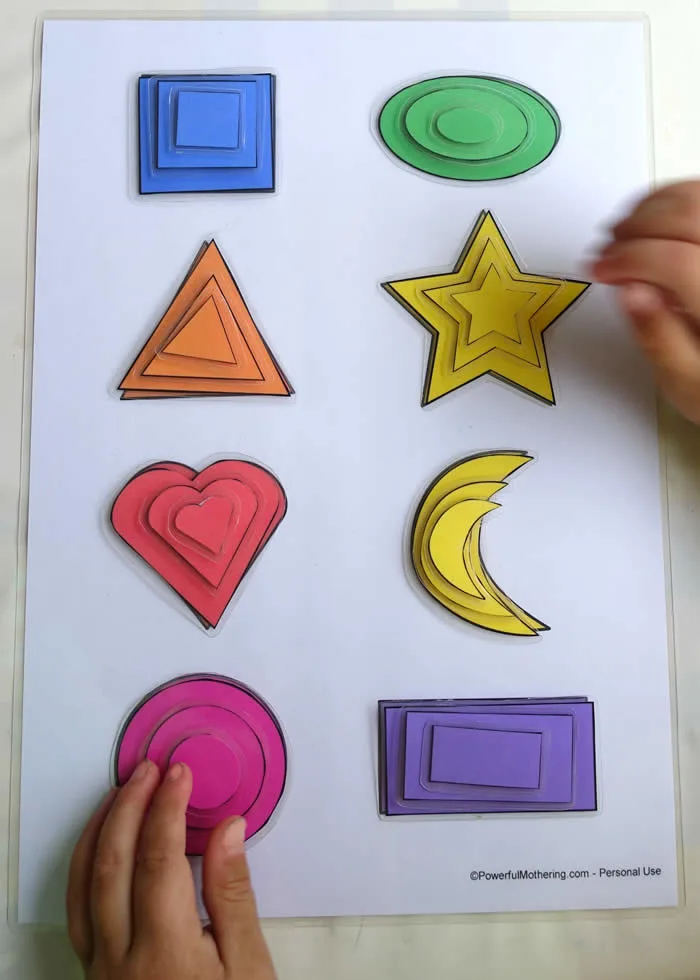




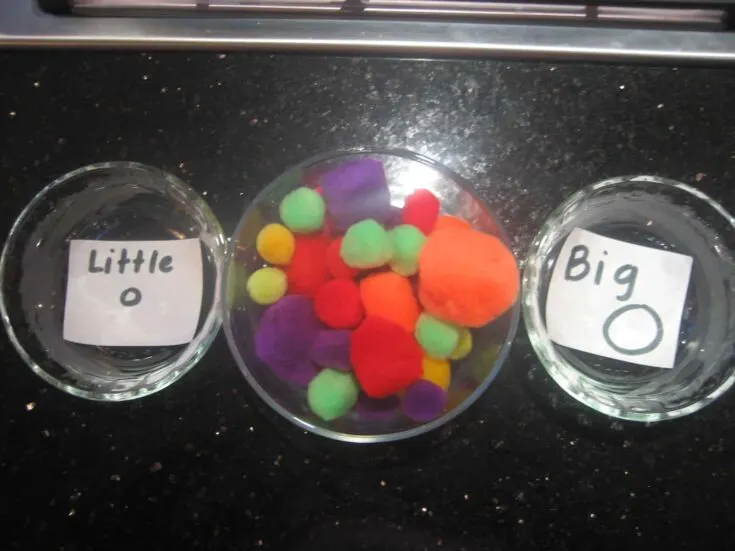
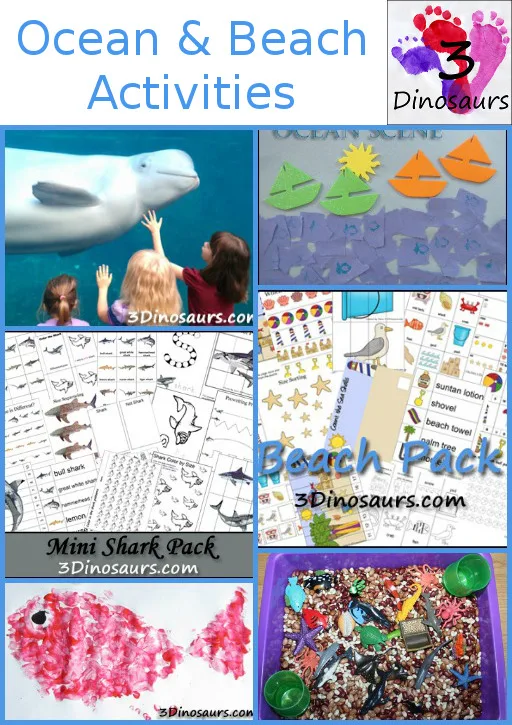
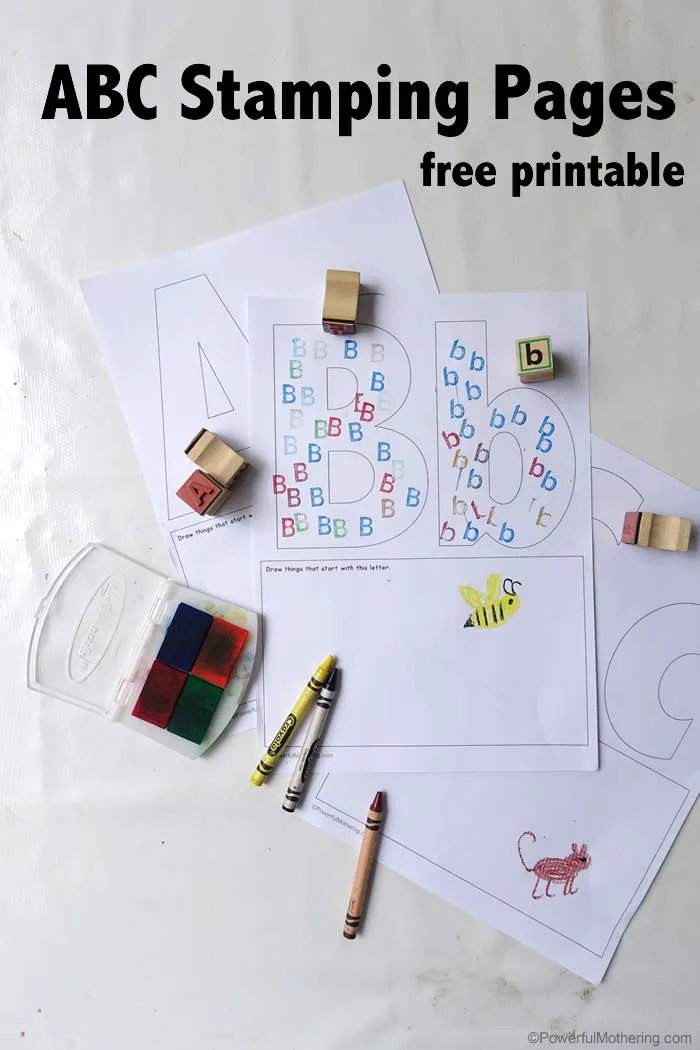
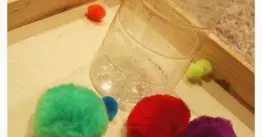
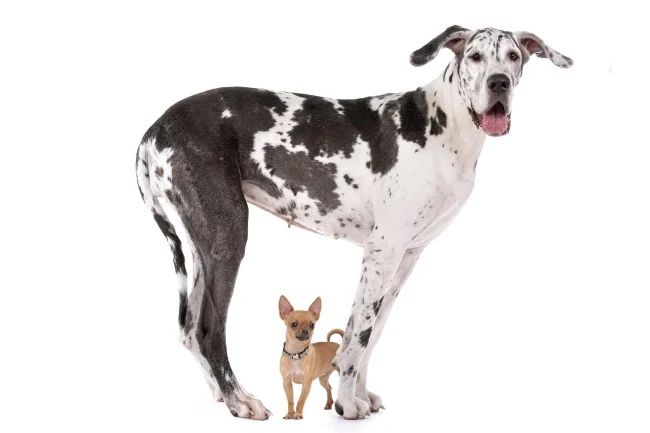
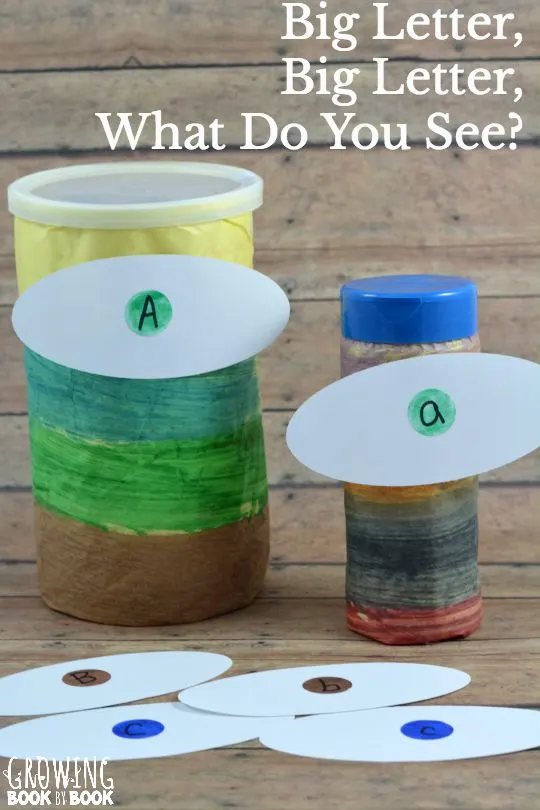
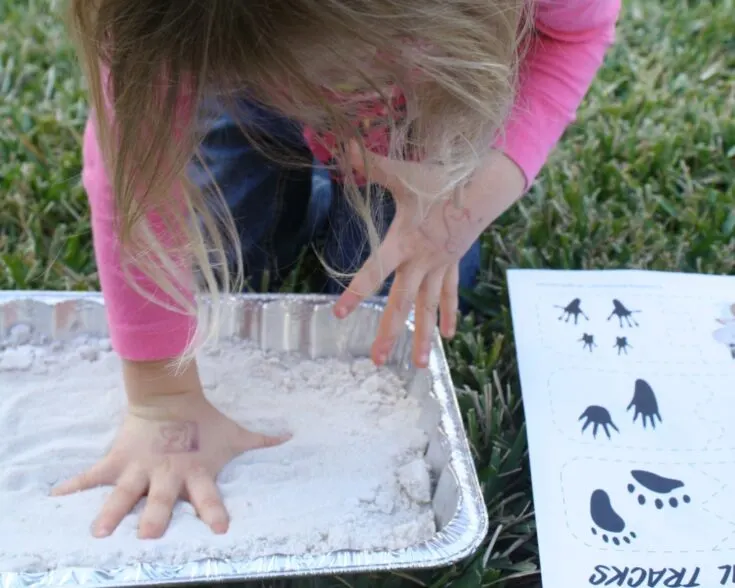
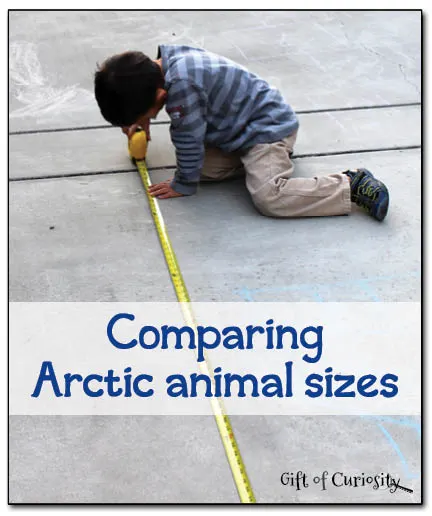
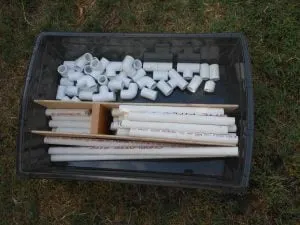
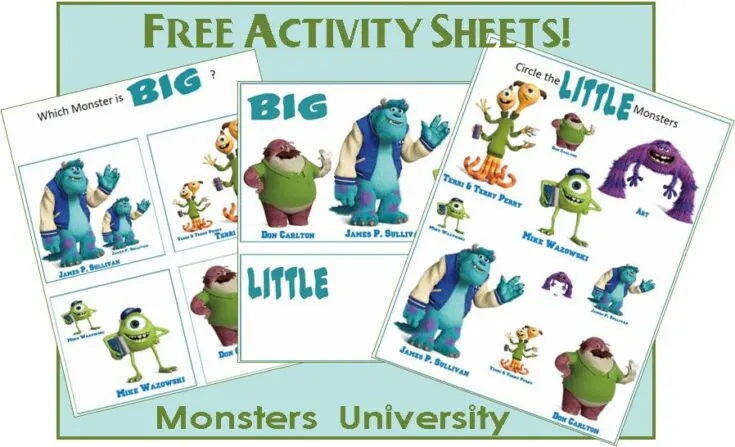
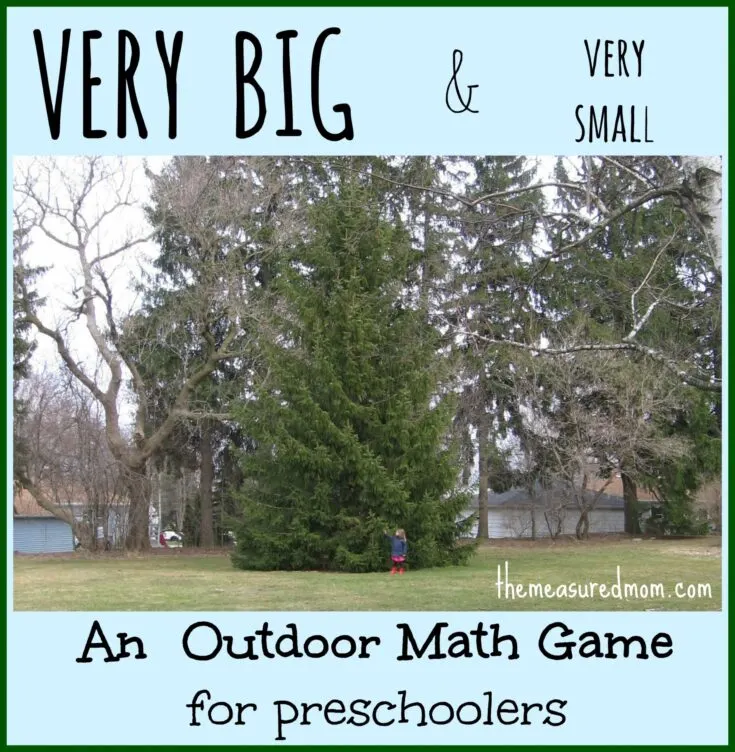
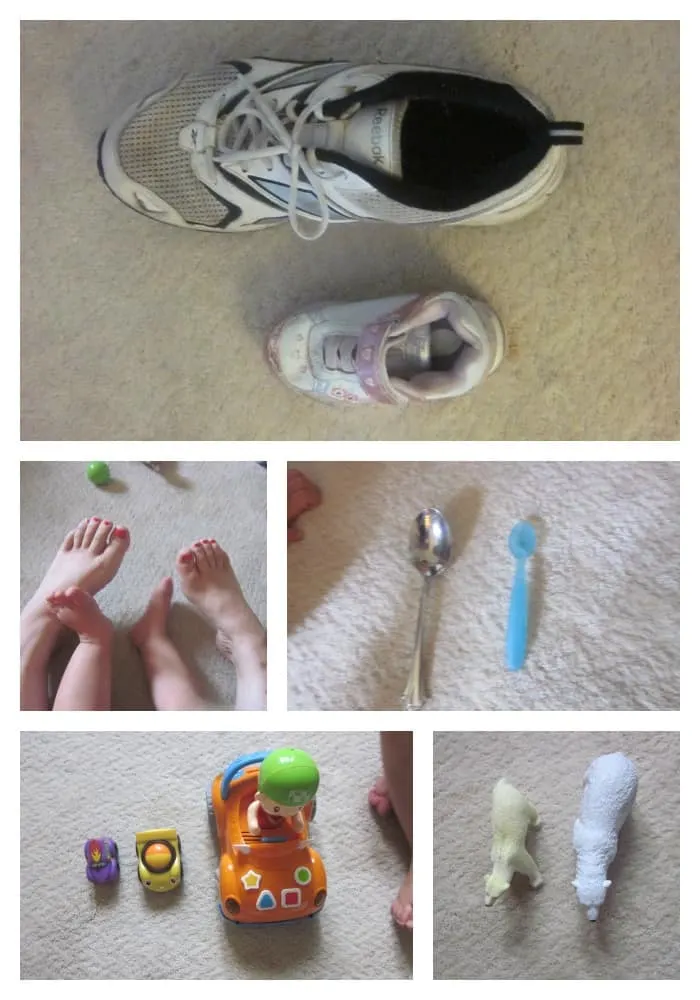
Apple Preschool Printables - CrystalandComp.com
Monday 18th of September 2023
[…] Big and Small Preschool Activities […]